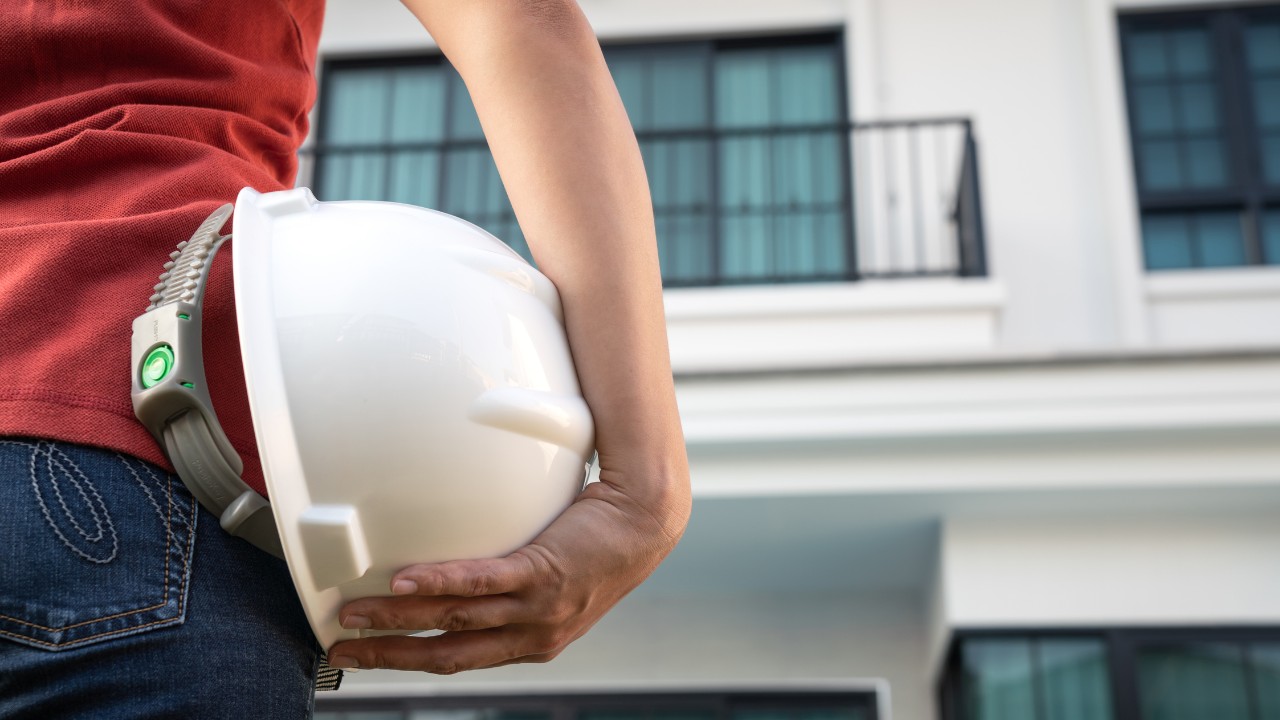Are you a builder that who owns rental property and are, therefore, also a landlord?
This is common when builders have constructed purpose-built multi-family projects or converted new-sale inventory into long-term residential rentals. In either case, once the project or unit is mostly complete and the first tenant(s) moved in, you should report and pay GST/HST to the CRA on the fair market value (“FMV”) of the rented unit.
Here’s the rub…
Our experience is that many builders overpay the GST/HST to CRA, and we can help them get a refund of that overpaid tax.
Why is this happening?
A recent meeting between the CRA and the Canadian Bar Association concluded that CRA had been applying the legislation incorrectly related to this GST/HST event. For many years, CRA has assumed that any valuation report prepared to determine the FMV, that GST or HST, is NOT included in the value they arrive at in their valuation reports. Some builders and tax practitioners have taken the opposite view. They view the valuation of the home as being GST/HST-inclusive. For more background on the overall issue, please see our original article discussing the rules in detail.
Given this battle has gone on for many years, this is a highly welcomed change by the CRA, and in the spring of 2023, a directive was circulated to all GST/HST auditors and CRA’s internal real estate valuators. This directive reiterates the change in approach, which should immediately save your company several GST/HST percentage points on the self-assessment event and the residential rental GST/HST rebate. This policy change could also be applied retroactively for any GST/HST self-assessments your company has reported and paid tax to CRA over the last four years.
Going forward, this change will save you cash-tax dollars as well and presumably allow you to earn either a higher margin on rents or reduce the overall rents in Canada’s super-hot rental market. It is not clear why CRA has implemented this change now, but it may have to do with this very issue, insofar as their previous approach was driving up valuations and the GST/HST cost to the builder-landlord, thereby increasing monthly rents, exacerbating the “housing crisis”. Either way, it’s a welcome and common-sense change.
The Takeaways
We’ve spoken with CRA real estate valuations officials, and we know that CRA will automatically look closely at any self-assessments valued at more than $10M. They know that 90% of all self-assessments calculated by builders/landlords are done incorrectly and are typically overpaid. Builders have a big opportunity to work with us not only on the change in valuation approach prospectively but also to take a closer look at what’s been calculated and overpaid in the last four years.
If you’re interested in knowing more, we would be pleased to spend a half hour with you for no charge and assess one example of a recent calculation you’ve made to see if your company has overpaid its GST/HST on the self-assessment. We can also assist with any upcoming calculations and reporting you need to do when you move tenants into one or more of your projects.

